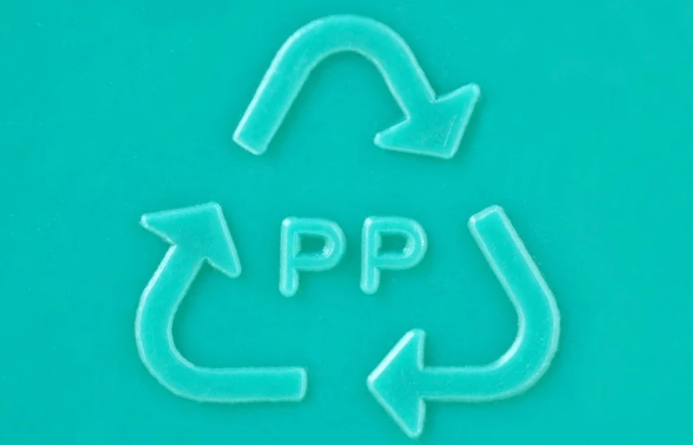Introduction of TPO, TPV, and TPU Thermoplastic Elastomers

Polymers are divided to four categories: thermoplastics, thermoset rubbers, thermosets and thermoplastic elastomers (TPE) which are a group of copolymers or physical combination of plastic and rubber and have both thermoplastic and elastomeric properties (figure1). While the majority of elastomers are thermoset, the most important feature of thermoplastic elastomers is their processing ability. These polymers […]
Modern composite coatings in repair of oil and gas pipelines

Nowadays, due to the importance of maintenance of oil and gas pipelines, new methods have replaced old mechanical and traditional methods such as complete replacement of pipelines or welding that require high cost and very difficult installation operations, along with many risks of life and financial. Therefore, repair of pipelines using composite walls, which are […]
The importance of knowing the glass transition temperature

The glass transition temperature is the temperature at which the material changes from a solid state to a rubbery state. The difference between this temperature and the melting temperature is that at the melting temperature, the state of matter changes from solid to liquid. The importance of knowing the glass transition temperature is in changing the […]
The effect of SEBS-g-MA compatibilizer on properties of polymer compounds

Styrene-Ethylene-Butylene-Styrene (SEBS) is one type of different types of Styrene thermoplastic elastomers. In chemical structure of SEBS terpolymer, the terminal blocks are styrene (thermoplastic) and the middle blocks are ethylene-butylene (elastic) (figure 1). This new thermoplastic elastomer is very resistant to environmental conditions such as temperature, UV radiation and mechanical wear. The lack of double […]
Effects of Talc on mechanical properties of Polypropylene

In the recent years, Polypropylene (PP) has found wide applications in different industries, including automotive, interior decoration, packing, fibers, etc. The main reason for this popularity is the high physical and chemical resistance and the relatively low cost of this polymer. The production of PP has reached more than 30 million tons in 2000. Talc […]
Hardness Test for Polymers

Hardness measurement is one of the main and most common tests of mechanical and physical properties of materials. Hardness is defined as the resistance of a material against the penetration and indentation of a harder solid object. In fact, hardness is the resistance against creating permanent dents on the surface of the material and changing […]
Polyethylene Compatibilizer Effects on Adhesion Strength and Interlayer Separation in 3_Layer Polyethylene Coatings

In the qualities of three-layer polyethylene coatings, preventing the coating from separating from the pipe. Every year, billions of dollars are spent on the maintenance, repair, and replacement of oil and gas pipelines around the world. Steel pipes utilized for carrying oil, gas, and water are prone to corrosion due to UV sunlight exposure, mechanical […]
An inquiry into the efficacy of polyethylene interlayer adhesive in enhancing adhesion strength

One of the major issues for companies active in the section of petroleum, gas, water, and sewer transmission line, as steel pipes manufacturers, is the corrosion issue of described pipes. Nowadays, various techniques are utilized to improve the corrosion resistance of described pipes, including coating with bitumen and 2, and 3-layer coatings. Three – Layer […]
Additive Masterbatch; the best way to improve physical

As consumption of polymer products grows, the need for the production of polymer raw materials increases, accordingly. We know that most of the polymers are made in petrochemical companies, which are considered non-renewable resources. On the other hand, environmental pollution caused by leaving polymer products in nature is increasing. An efficient solution to respond the […]
Additive masterbatches to improve the physical

Unfortunately, plastic waste is mostly a mixture of several different polymers. In the process of recycling plastics, Heterogeneous plastic mixture components are not compatible with each other. This incompatibility depends on the chemical structure of the mixed polymers. For example, PET and PP form separate phases in the production process of plastic products because they […]